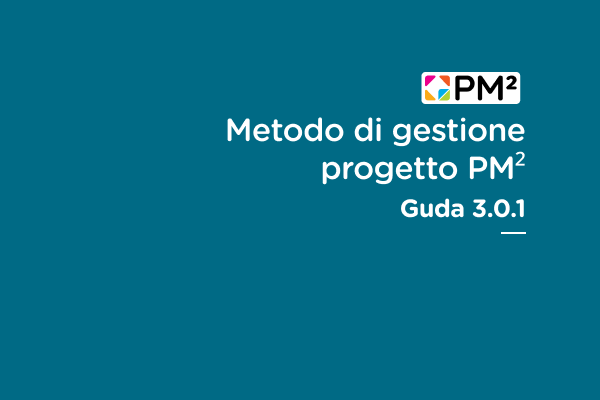
The Centre of Excellence in PM² (CoEPM²) is pleased to announce the release of the Italian version of the PM² Guide, which is now available to download from the Publications Office of the European Union. The translation of the guide is based on the latest English PM² guide version 3.0.1.
The CoEPM² would like to extend a sincere thanks to the Italian team of volunteers who have used their extensive knowledge and experience in Project Management to translate the guide, keeping the guide’s original format and ensuring the right terminology for an Italian-speaking audience.
This guide marks the second translation of the full guide, the summary of which is already available in 11 languages (Italian included), in an effort to make PM² available and accessible to a wider European audience and, thus, contributing to an efficient way of managing projects throughout the EU.
PM² (Project Management Methodology) is a European initiative supported by ISA² - Interoperability solutions for public administrations, businesses and citizens. PM² is included in the EIF Tool Box (designed as a guidance for national public administrations to equip them with the necessary tools to align their National Interoperability Frameworks (NIFs) with the European Interoperability Framework (EIF), in order to promote interoperability at national and European level). Material for a one-day course on PM² Essentials can be found at the Interoperability Academy - Catalogue of Educational Training Resources under the supporting instruments for public administrations.
Details
- Publication date
- 20 April 2021 (Last updated on: 20 April 2021)
- Author
- Directorate-General for Digital Services
